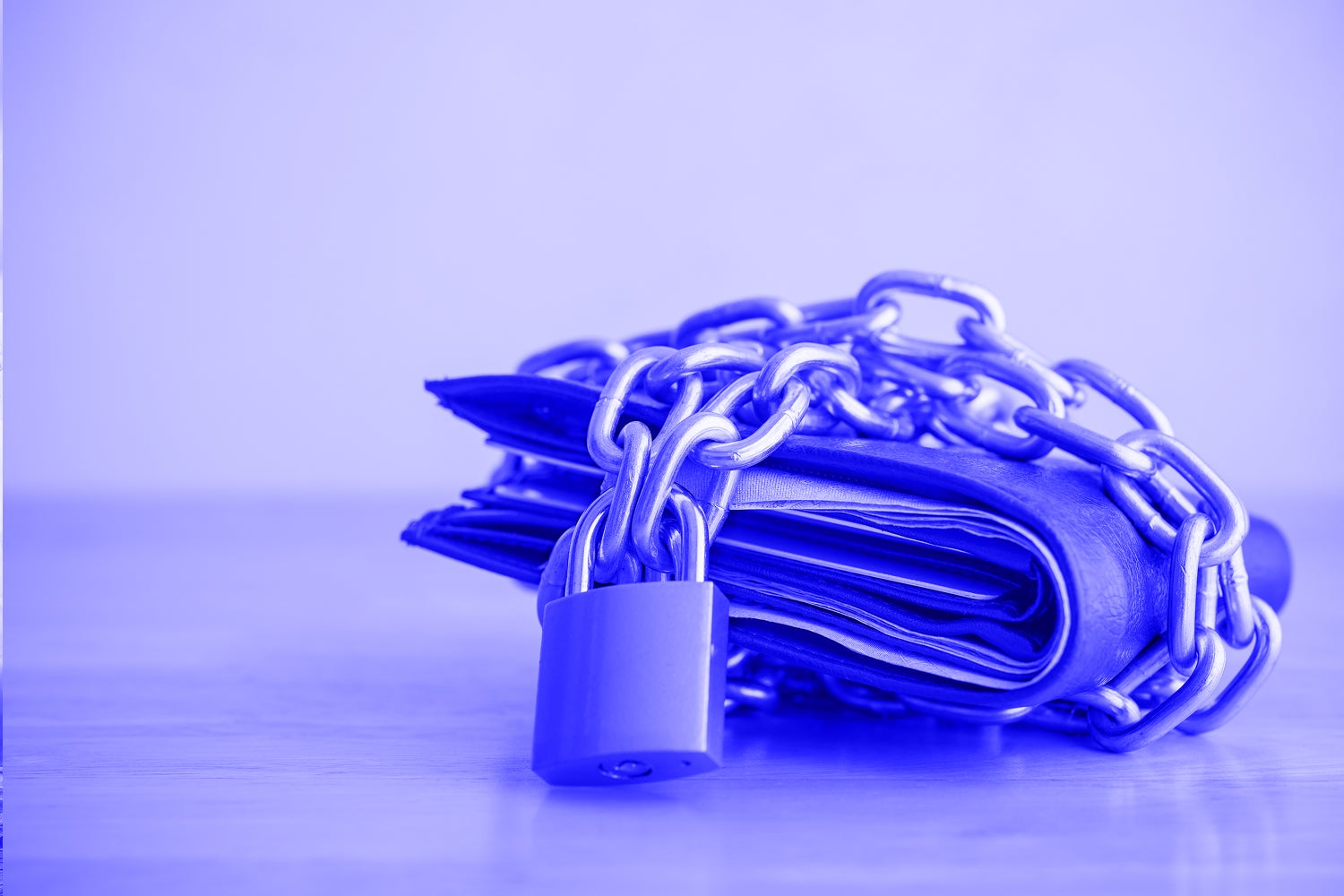No new things, no problem: How to crush a no-buy challenge
Expert advice from those who’ve successfully gone without.

Sign up and save the world
The one5c newsletter delivers our best tips right to your inbox
Without opening your banking app, can you count how many things you bought in the past month? We’re not talking about grocery-store runs, but the rest: meals out, gifts, décor, coffees, beauty p……

